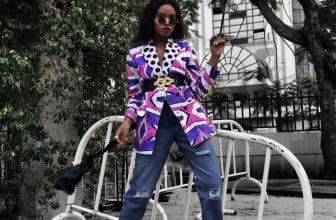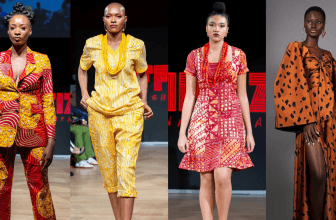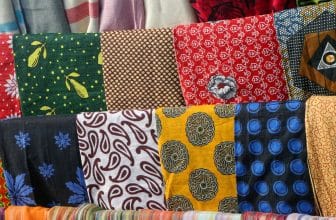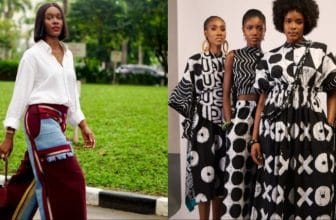Why Fabric Texture Matters More Than Color in Design
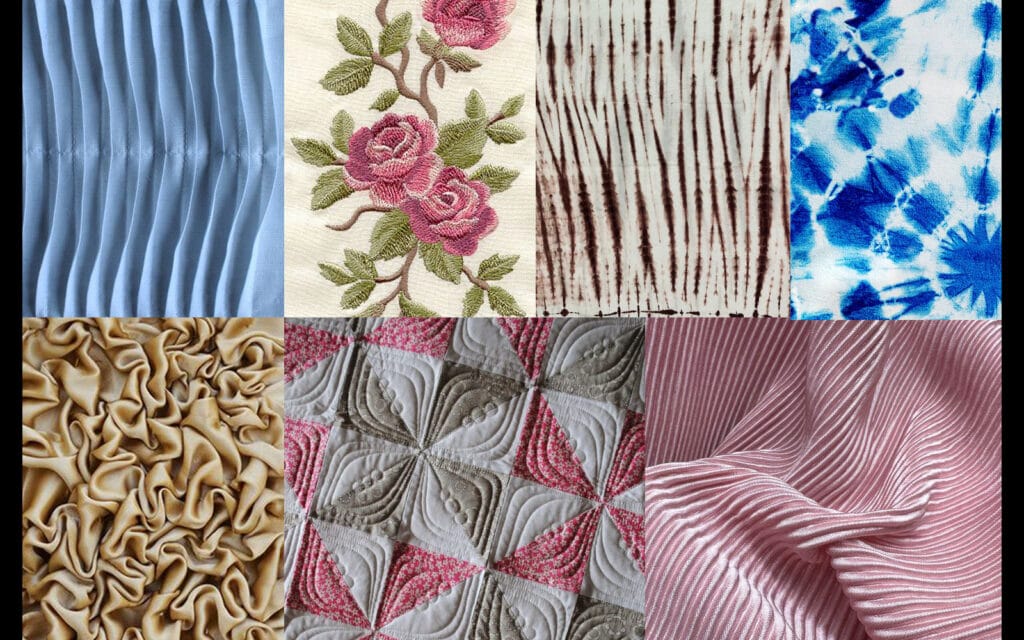
Introduction
When most people think about design, their minds go straight to color — but professionals know that texture is where the real magic happens. Texture speaks to the senses. It tells a story before a word is said, before a color is noticed, and even before a design is complete.
Whether in fashion, home décor, or textile production, fabric texture in design defines how something feels, looks, and lives. It’s the bridge between visual beauty and emotional connection.
Let’s explore why texture quietly outshines color — and how to use it powerfully in your creations.
1. Texture Creates Emotion
Color may set the tone, but texture sets the mood.
A smooth satin whispers elegance. A coarse linen evokes nature and calm. A plush velvet invites warmth and intimacy. These sensations influence how people experience your design on a subconscious level — and they last far longer than first impressions.
2. Texture Adds Depth and Character
Flat designs can look lifeless, even in vibrant colors. Adding texture introduces visual rhythm. Think of the weave of a fabric, the grain of the fiber, or the subtle shine of silk — each adds a unique layer of storytelling.
Designers often use texture to simulate movement or contrast, transforming even neutral tones into something extraordinary.
3. Texture Defines Luxury
True luxury isn’t loud — it’s felt. That’s why high-end brands focus more on the hand feel of fabrics than the color palette. The moment someone touches cashmere, brushed cotton, or fine wool, they immediately sense quality.
If you’re building a fabric collection or fashion line, invest in textiles that feel as good as they look. The emotional satisfaction of touch turns one-time buyers into lifelong customers.
4. Texture Works with Light
Texture interacts with light in fascinating ways. Matte textures absorb light, giving a soft, grounded appearance. Glossy or metallic finishes reflect light, creating vibrancy and drama.
Understanding how texture and light play together helps designers control the mood of a space or outfit more effectively than color alone ever could.
5. Texture Tells the Brand Story
Every brand has a texture — a signature feel. Maybe it’s rugged denim, polished silk, or earthy jute. The textures you choose define your brand identity just as much as your logo or typography.
When people can recognize your brand by feel, not just by sight, you’ve achieved something truly timeless.
Closing Thoughts
Color gets attention — but texture keeps it.
It’s the hidden layer of emotion that transforms fabric into feeling, and design into experience.
So next time you’re choosing materials, don’t just ask, “What color works here?” Ask, “What feeling do I want to create?” That one question separates a good designer from a great one.



